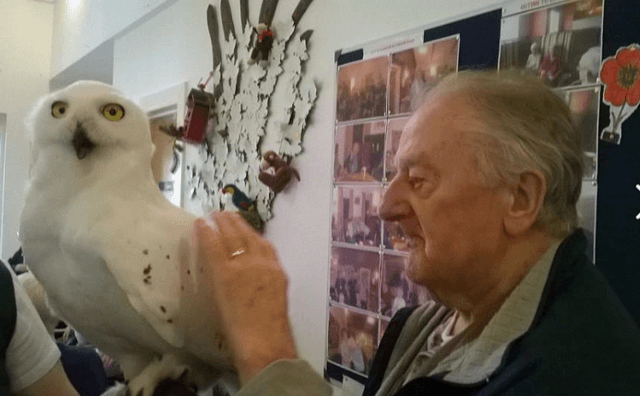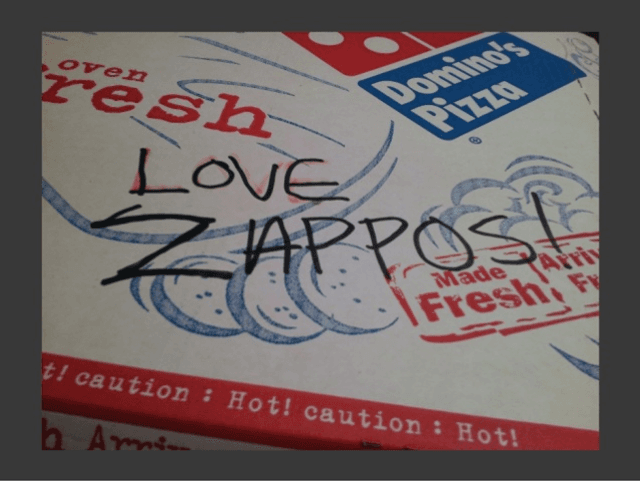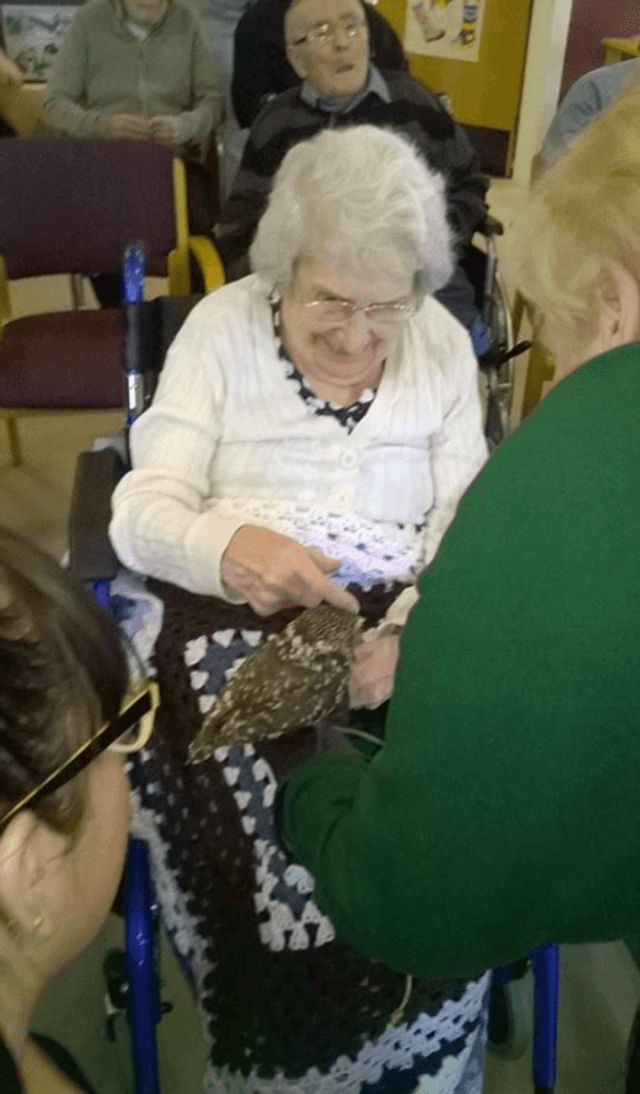Relationship fundraising ignite, part 1
After the events of the past year in UK fundraising, relationship fundraising is once again a hot topic. At this year’s Institute of Fundraising National Fundraising Convention, thirteen speakers discussed their thoughts on the subject over two sessions. Here’s part 1 of a summary of what the speakers had to say:
- Written by
- Craig Linton
- Added
- July 24, 2016
1. Richard Turner has already described on SOFII how the world has changed since Relationship Fundraising by Ken Burnett was first published. Yet, he believes this makes the original book more relevant than ever before. Click here to see his thoughts.
2. Lauren Semple has worked in telemarketing for over a decade and is director of Karat Marketing – a telemarketing agency based in Scotland.
Recently a Scottish client who run homes for veterans asked Karat to undertake some stewardship calls. The call was to reassure donors that they are appreciated by the charity (whatever amount they give) and to demonstrate what the charity have been able to achieve thanks to them. Supporters were then asked if they were comfortable with their current level of giving and given the option to increase, lower their donation amount or remain at the same level of giving.
One donor was a committed supporter, but as a pensioner was unable to increase his donation. However, his daughter worked at a bird of prey centre and he offered to pay her expenses to come to one of the centres, enabling the residents to see and learn about the birds of prey and have a really enjoyable day.
By having meaningful conversations and listening to the donor, the charity was able to increase the impact that this donor could make. It was a great outcome for everyone involved. The donor felt great about helping and the beneficiaries got to meet the birds of prey and have a memorable day.

There were seven lessons that Lauren shared with the audience on how telemarketing can help build stronger relationships with donors:
- Have meaningful conversations.
- Building rapport and trust.
- Excellent data capture.
- Involve the whole organisation.
- Take appropriate action based on your listening.
- Provide and accept feedback.
- Focus on impact.
Lauren ended by explaining how this is a classic example of the donor having direct impact on the beneficiaries with the charity acting solely as the conduit.
This campaign helped build a stronger relationship with the donor and provided lasting impact, which can’t be measured if focusing solely on ROI. The charity felt this campaign was such a success that they hope to make this an ongoing event.
3. Craig Linton is regional fundraising manager (Europe) at Amnesty International, but was speaking here in a personal capacity.
Craig strongly believes that relationship fundraising is the best way to fundraise. However, you need to make a strategic choice in your organisation to implement it. If you do make that choice, then you need to make sure your structure and processes are aligned to reflect that decision. Most importantly, if you choose relationship fundraising then you need to create a team and organisational culture that promotes this.
Using the example of Zappos, an online shoe company based in the USA, he showed how a customer-focused culture can create outstanding business results.

He gave three short examples of how Zappos embed their 10 values across their work and empower staff to do the right thing for customers and suppliers. Something fundraisers could all learn from.
- All new Zappos employees undertake an intense induction and training process. At the end of this process people are made an offer. They can walk away with full pay and a generous additional sum if they decide Zappos is not for them. Zappos have calculated that it is worth paying people who won’t fit in to leave rather than risk damaging the culture.
- Every year all staff, suppliers and customers are asked to comment on Zappos values and culture. These comments are then printed verbatim in an annual culture book that is published and distributed across the organisation. You can download the 2014 version here. These stories and anecdotes reinforce the importance of the culture.

3. This relentless focus on culture and happiness (for staff, suppliers and customers) manifests itself in outstanding examples of customer service. Zappos CEO Tony Hseih famously challenged a friend to call Zappos after a late night drinking session to see if they could help order a pizza. Amazingly, after the employee’s initial surprise he was able to help and created a customer for life!
Creating the right culture has also delivered outstanding business results. The company has grown from nothing to a billion dollar company owned by Amazon in just over a decade. Much of this growth has been fuelled by repeat custom and word-of-mouth.
As fundraisers we need to make sure we are creating the right culture in our organisations to make relationship fundraising work.























